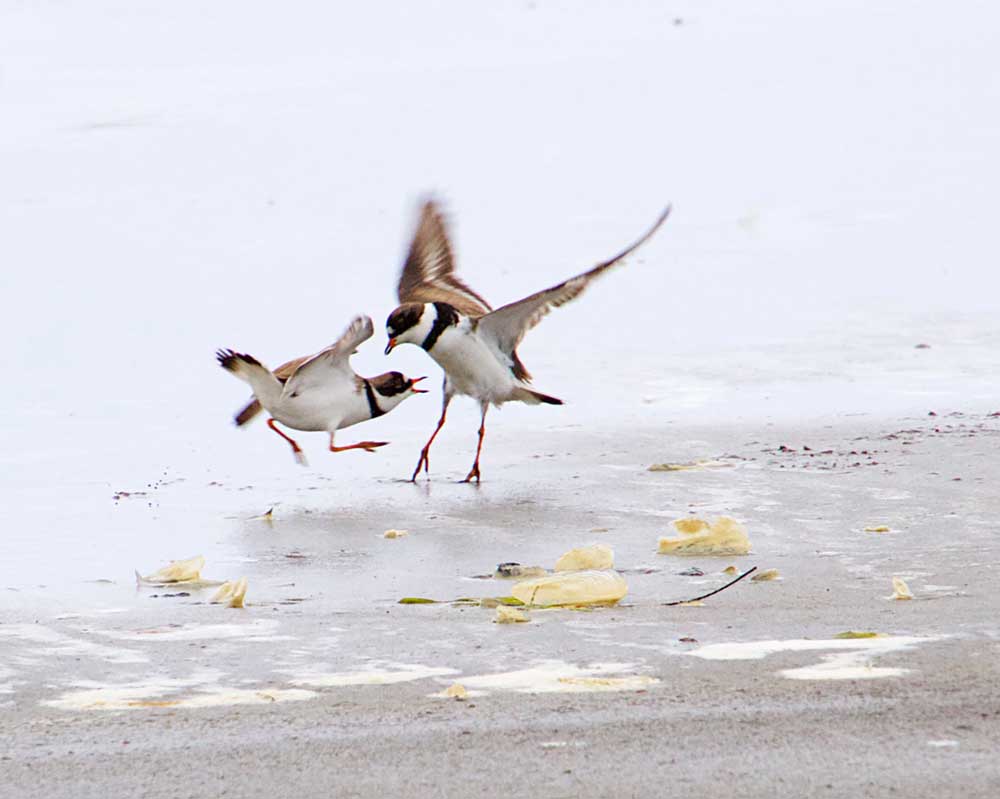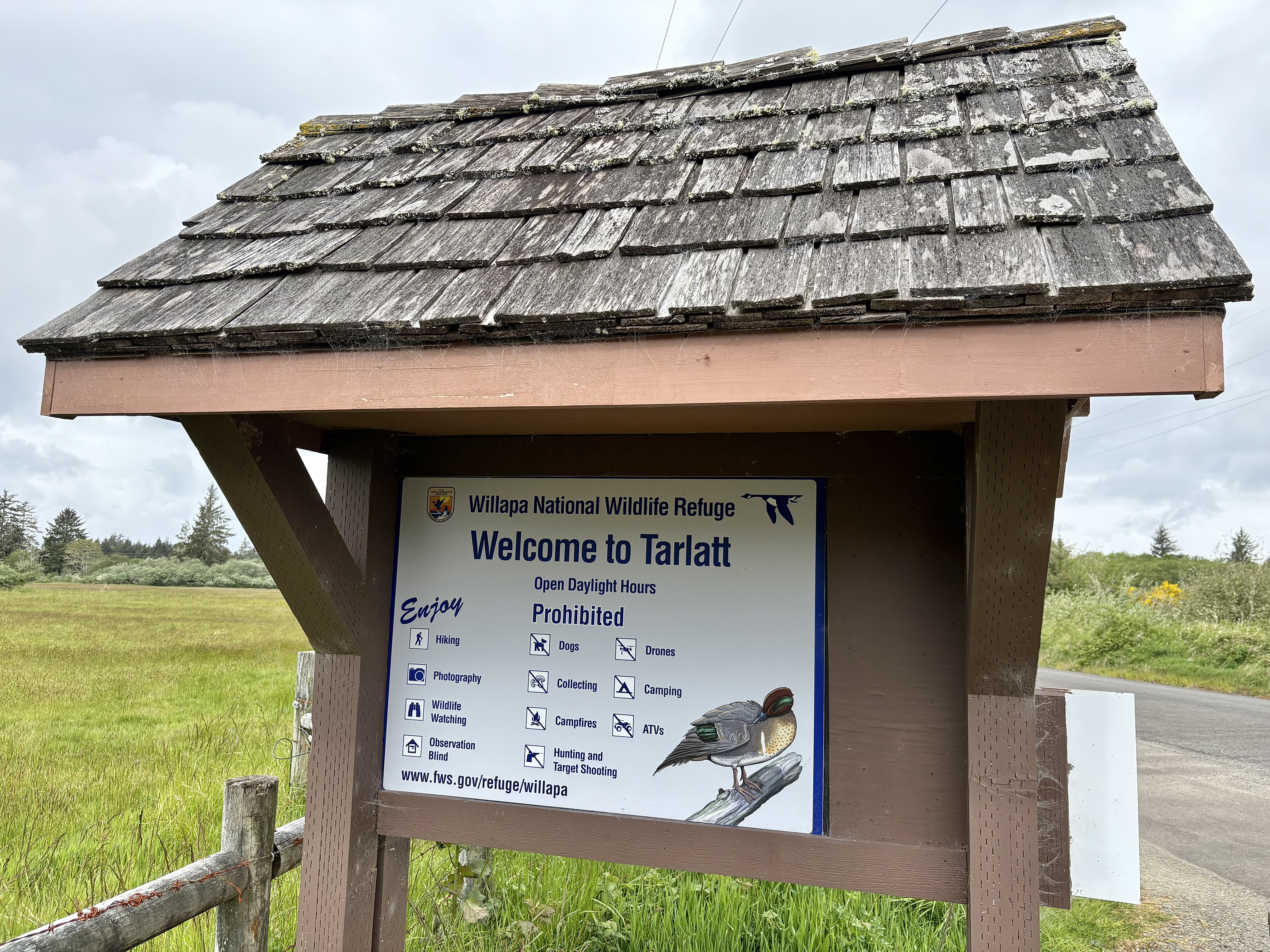Birdwatching Shorebird stewardship: A worthy endeavor
Published 11:55 am Tuesday, May 15, 2018

- These semiplamated plovers seem to be making eyes at one another!
Shorebirds are almost always on our Pacific beaches, feeding and resting for their journey north in the spring or their journey south in the fall. One of our very special shorebirds is the rare western snowy plover. It nests here at the north end of the Long Beach Peninsula on the Willapa National Wildlife Refuge. They and other shorebirds like dunlin, semipalmated plover, sanderling, western sandpiper, least sandpiper and black-bellied plover can usually be seen on a beach walk or drive. The trick is to stay away from the flocks and let the shorebirds feed and rest in peace.
Trending
The western snowy plover can be described as a little puff-ball. It looks much like its environment and fits in with the sand and sand dunes well. It is generally pale. Its bill is thin and black. Look for it on the upper part of the beach. It often stands at or near the wrack line standing on its long gray legs behind a clump of seaweed or algae.
The largest plover you will see on the beach is the black-bellied. It is at least an inch or so larger than a robin. It’s head and bill appear large, and over all the bird looks plump and round. There are many black-bellied plover in breeding plumage on the beach at the moment. They are all dressed in black and white. The crown is whitish, but the male is black from the chin to the belly. The undertail coverts (feathers) are white, and in flight they reveal black armpits! Females are similar but their coloring is paler.
Another plover we see on the beach and at this time of year in relatively large numbers is the semiplamated plover. It is a small shorebird that is about an inch larger than the western snowy plover. Like other plovers they run a few steps, stop and go again. The semipalmated plover is a small, plump and dark backed bird with yellowish or orange legs. Its bill is short and stubby and is either all black or black with an orange base.
Trending
When I was on the beach last week, a few semiplamated plover seemed to be making eyes at one another. I think they were dating in anticipation of reaching their breeding grounds where will settle for the next few months to raise a family before they wend their way once more to feed and rest on our beaches before returning to their wintering areas.
A good clue that there are shorebirds on the beach is the artwork they leave behind after feeding. Their tiny feet and bills leave prints as they dance across the sand probing for aquatic insects and worms. They etch lovely patterns in the sand as if they were artists creating a canvas for us to enjoy.
All of our shorebirds need protection. The rare western snowy plover needs our protection the most. It is pale, much like the sand it nests on and is not always seen by people walking on the beach or by those who drive. We can help it and the other shorebirds by driving slowly on the beach, only at low tide, and by staying on the wet sand. In addition, we need to stay well away from the wrack line as it is one of their favorite places to be. In fact, the best way to help the western snowy plover is to avoid driving anywhere near its habitat!
All of our shorebirds need us to be aware of their presence. Our beaches are recognized as an important staging area during migration. We need to offer our shorebirds our respect and protection. We need to be stewards for our shorebirds. So please drive slowly on the beach and don’t allow your dogs, if you have one, chase them. Enjoy these tiny creatures and their beach antics. They can be ever so entertaining.









